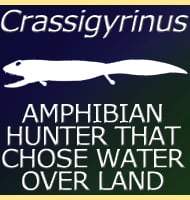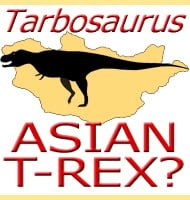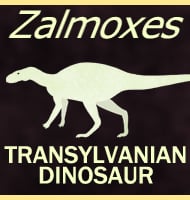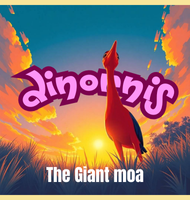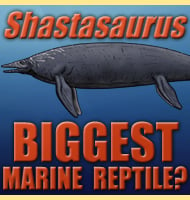In Depth
With its incredibly long neck Omeisaurus is both a relative and possible comtempory to the more famous Mamenchisaurus. However previous Upper Shaximiao Formation fossils of Omeisaurus are now considered indeterminate. If Omeisaurus really does only exist in Lower Shaximiao deposits, then it may confirm that Mamenchisaurus replaced Omeisaurus since the former is only known from the later Upper Shaximiao. The large number of individual Omeisaurus recovered indicates that it was a successful design that was well suited to its environment.
Other sauropod dinosaurs active at the same time and location as Omeisaurus include Abrosaurus, Dashanpusaurus and the clubbed tail Shunosaurus. Other herbivorous dinosaurs in the same time period and general area include the stegosaur Huayangosaurus and the small bipedal ornithischian Agilisaurus. Numerous predatory dinosaurs also roamed the landscapes and these include Chuandongocoelurus, Kaijiangosaurus, Gasosaurus, Leshansaurus, Xuanhanosaurus and Yangchuanosaurus. The last one in particular is important to Omeisaurus since it could attain sizes where it would have been a serious threat to smaller Omeisaurus, and still dangerous enough to worry larger individuals.
Further Reading
– On a new Sauropoda, with notes on other fragmentary reptiles from Szechuan. – Bulletin of the Geological Society of China 19(3):279-315. – C.-C. Young – 1939. – New sauropods from China. – Vertebrata PalAsiatica 2(1):1-28. – C.-C. Young – 1958. – [Dinosaurs from the Jurassic of Sichuan]. Palaeontologica Sinica, New Series C, Whole Number 162(23):1-136. – Z. Dong, S. Zhou & H. Zhang – 1983. – [Omeisaurus tianfuensis—a new species of Omeisaurus from Dashanpu, Zigong, Sichuan]. – Journal of Chengdu College of Geology 1984(suppl. 2):13-32. – X. He, K. Li, K. Cai & Y. Gao – 1984. – Omeisaurus maoianus: a complete Sauropoda from Jingyan, Sichuan 1-128. – F. Tang, X.-S. Jin, X.-M. Kang & G.-J. Zhang – 2001. – [A new species of Omeisaurus from the Middle Jurassic of Zigong, Sichuan]. – Vertebrata PalAsiatica 49(2):185-194. – S. Jiang, F. Li, G.-Z. Peng & Y. Ye – 2011. – A new species of Omeisaurus (Dinosauria: Sauropoda) from the Middle Jurassic of Yunyang, Chongqing, China. – Historical Biology. – C. Tan, M. Xiao, H. Dai, X.-F. Hu, N. Li, Q.-Y. Ma, Z.-Y. Wei, H.-D. Yu, C. Xiong, G.-Z. Peng, S. Jiang, X.-X. Ren & H.-L. You – 2020.


